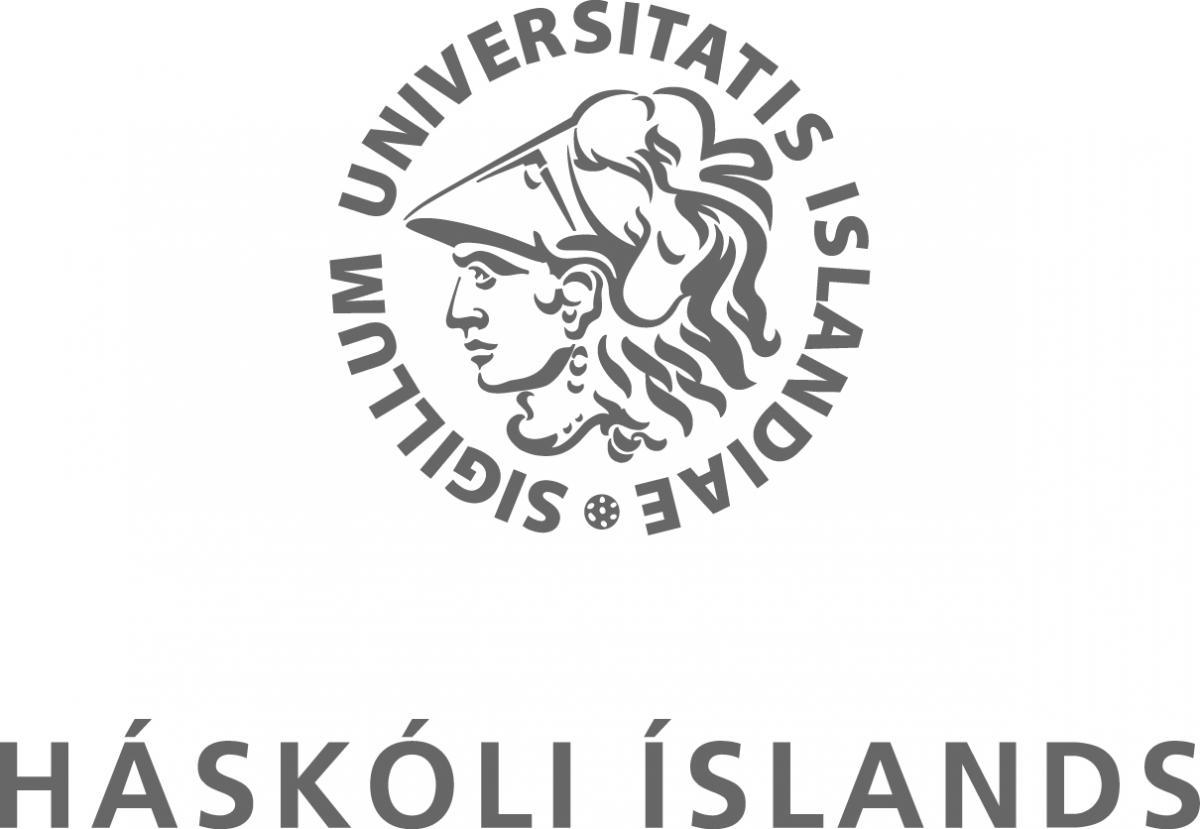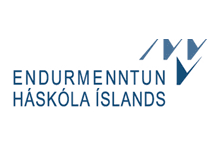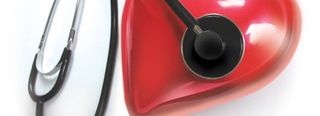Kerecis ehf. engaged in research, product development and production of medical products derived from fish proteins. The company's products are for use in hospitals for the treatment of tissue injuries. The company benefits from a partnership with the Technology Development Fund, Matís and Atvinnuþróunarfélag Vestfjarði.
PRESS RELEASE The Business Innovation Fund invests in Kerecis
Ísafjörður / Reykjavík, January 4, 2010─ The medical products company Kerecis ehf. and the Business Innovation Fund (NSA) announced today the signing of an investment agreement. The agreement was signed on 30.12.2009. Under the agreement, the NSA will purchase 35% from Kerecis in the form of share capital and also provide the company with a convertible loan. The investment will be in several phases over the next 12 months and the installment payments are dependent on the progress of Kerecis' development projects.
Kerecis ehf. engaged in research, product development and production of medical products derived from fish proteins. The company's products are for use in hospitals for the treatment of tissue injuries. The company's products and technology are in the development stage and patent registration has begun to protect the company's technology. Kerecis employees and founders have many years of experience in the development of medical products and clinical development and testing work.
The global market for medical devices ("medical devices") is huge and several Icelandic parties have established themselves in this market, such as Össur hf, Mentis Cura, Nox Medical, Oxymap, Kine and the company Primex. Kerecis will focus on product development for the tissue engineering segment of the medical device market.
Comment:
Dr. Baldur Tumi Baldursson, physician, co-founder and head of Kerecis' medical division:
Kerecis' technology is based on the utilization of fish proteins for the treatment of damaged tissue. The company's preliminary studies indicate that the technology is very suitable for the treatment of human tissue damage, and with the involvement of the Innovation Fund, we will be able to launch clinical trials on our products as early as the beginning of 2010.
Finnbogi Jónsson, Managing Director, Business Innovation Fund:
It's gratifying to have the opportunity to invest in a company like Kerecis. We have great faith in the company, bringing together experienced managers and good scientists who see market opportunities for medical products based on Icelandic knowledge and Icelandic ingredients.
It is our hope that this will be the beginning of a successful collaboration with Kerecis and that the Innovation Fund's investment in the company will help to create valuable jobs, generate foreign exchange and return good returns to the fund.
About Kerecis ehf.
Kerecis ehf. (www.kerecis.is) is a development and production company in the field of medical products and bases its technology on proteins made from fish. The company works in close collaboration with healthcare professionals and works on the development of technology for the treatment of damaged tissue. The company benefits from a collaboration with the Technology Development Fund, Matís and the Westfjords Business Development Association.
About the Innovation Fund
Business Innovation Fund (www.nsa.is) is a venture capitalist who takes an active part in the development and growth of the economy by investing in promising innovative and start-up companies. The Innovation Fund is an independent investment fund owned by the Icelandic state.
Further information:
Guðmundur F. Sigurjónsson
Chairman of the Board Kerecis ehf.
Phone 8494960
gfsigurjonsson@kerecis.com
Helga Valfell
The Business Innovation Fund
Kringlan 7, 103 Reykjavík
phone / tel: 510 1800 fax: 510 1809
mobile no .: 861 0108
helga@nsa.is
www.nsa.is








